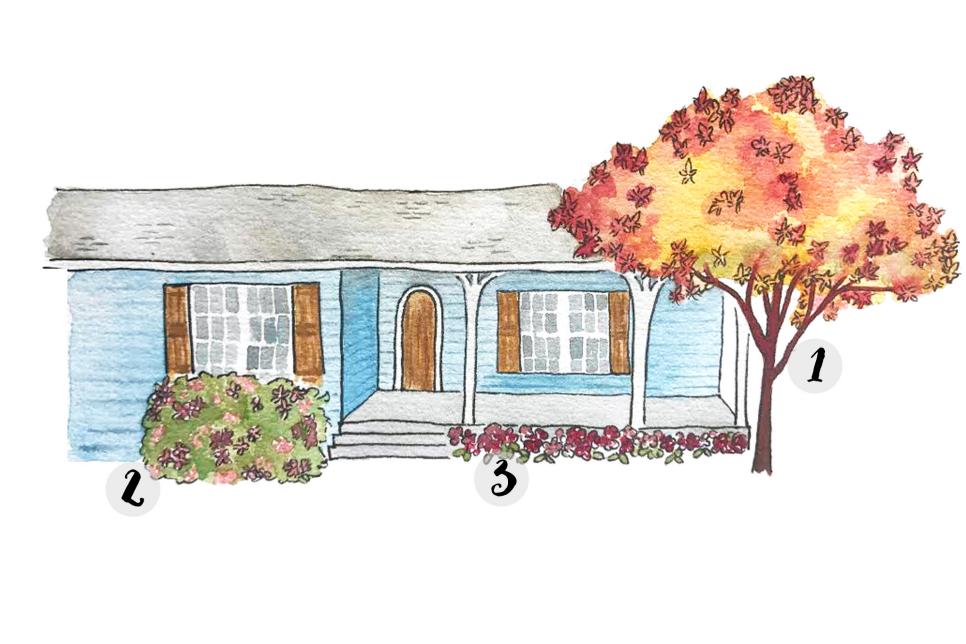
Natural Stone Exterior With Stucco Plant No you could look here. 1: A dwarf variant of indigenous sumac, Tiger Eyes brings powerful multi-season interest to the backyard. Look for vivid orange shades in fall, accented with cherry crimson berry spikes which linger through winter look at this now. Protect young plants from deer during the first couple of winters Check This Out. Plant No. 2: Techny Arborvitae can fill several roles in the landscape. Plant it as a dense privacy hedge or as a vertical accent in a tree boundary more tips here. Additionally, it adds a solid formal element to driveways or home entries. Water regularly during the initial year to establish a strong root system, and shear yearly in spring to shape. Plant No. 3: The Matrix Lavender Shades pansy is a large-flowered pansy that holds its own in planting beds or containers. Plants withstand frosts well if you plant in autumn. Blooms offer odor and stand up to chilly rains.
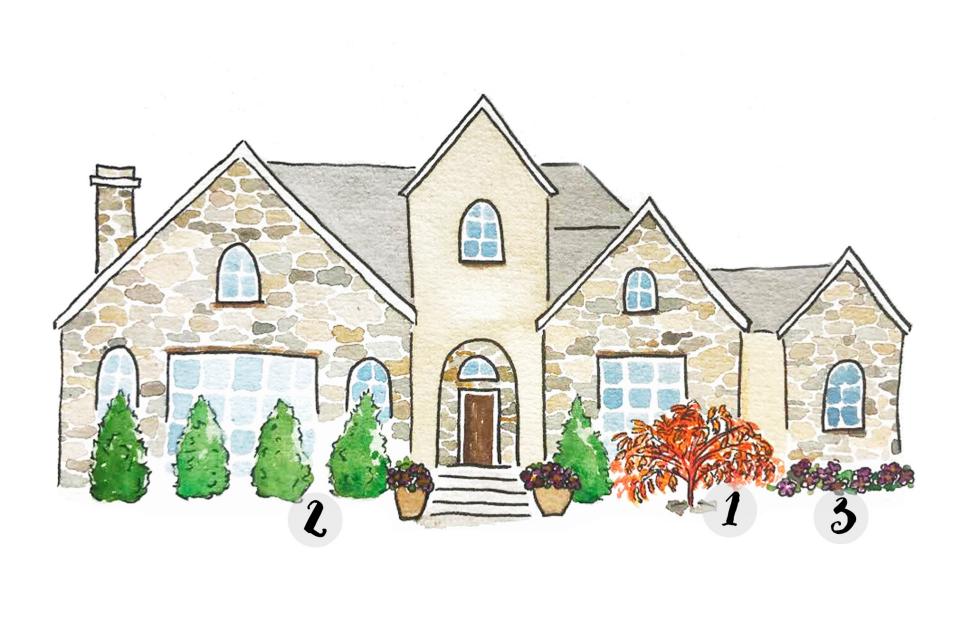
Red Brick Exterior With White Pillars Plant No . 1: Blue oat grass is a cool-season bud, which means it puts on its most powerful growth during cool seasons. The secret to keeping it in its own bluest condition is raking in spring and autumn, raking dead leaves and thatch in the crown of the plant weblink. Plant No. 2: When growing hollies, you need both a male and female plant to receive berries article. Berri-Magic Kids' holly takes the guesswork from berry making by combining both male and female plants in precisely the exact same pot. The red berries sparkle among deep green leaves, and they grow to a size which matches modern yards 6-8 feet tall and 3-6 feet wide. Plant No. 3: End the planting using a splash of white from flowering cabbage Visit This Link. The colour remains strong through winter cool and light snows. Alternate cabbages with all the blue oat grass to get an eye-catching design in planting beds YOURURL.com. Both cabbages and oat grass can maintain their own backyard containers, also.
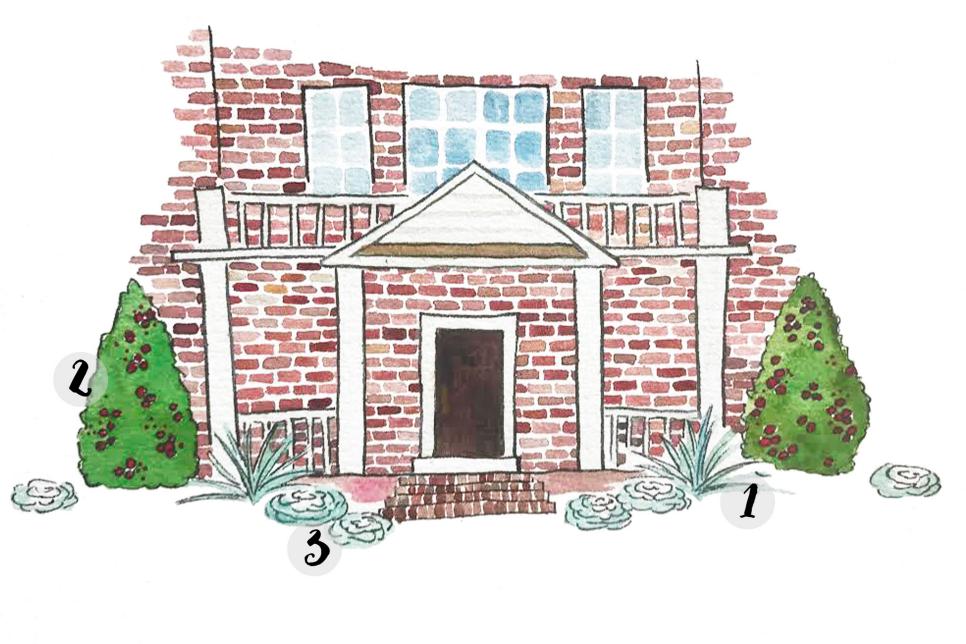
White Exterior With Black Shutters Plant No read here learn this here now. 1: The native winterberry holly forms a gorgeous winter filled with bright red berries all winter long. It's quite large, so look for smaller, dwarf forms. You are going to need a male plant to pollinate using a female one to create berries. Request the garden center that will help you to get the ideal male. Winterberry is a superb selection for a soggy location a knockout post. Plant No. 2: Dwarf Norway spruce brings tidy beauty to the scene, forming a 3-4 foot globe. Plants thrive in colder weather and sunlight, but tolerate light shade. This spruce stands around zone 3 winters with ease. Plant No. 3: Nemesia is still a true old-fashioned favorite, but breeding breakthroughs have transformed this nostalgic charmer into a flower powerhouse. In areas with mild winters, plants bloom all winter. In different regions, plant in fall for a floral show until heavy frost arrives. Tuck into pots on a porch, and they'll survive longer in any zone.

Dark Blue Exterior With White Trim Plant No. 1: To maintain the red twig dogwood stems in their reddest, prune at least one-third of stalks back to six inches from early spring. Wait to prune until plants are at least three years old. Plant No. 2: Brighten your landscape with the colorful leaves of 'Evergold' Japanese sedge. Plant in moist soil (or provide water regularly) for strongest growth. The smartest colors grow on plants in part to full shade, but plants grow well in sunlight. Cut stems into the ground in late winter. Plant No. 3: Bring on the cold, and still enjoy a floral series with Matrix Coastal Sunrise Mixture pansy. The secret to success for this cold-tolerant bloomer is planting in the ground in early fall in the coldest areas, so root programs are created before the harsh cold arrives.
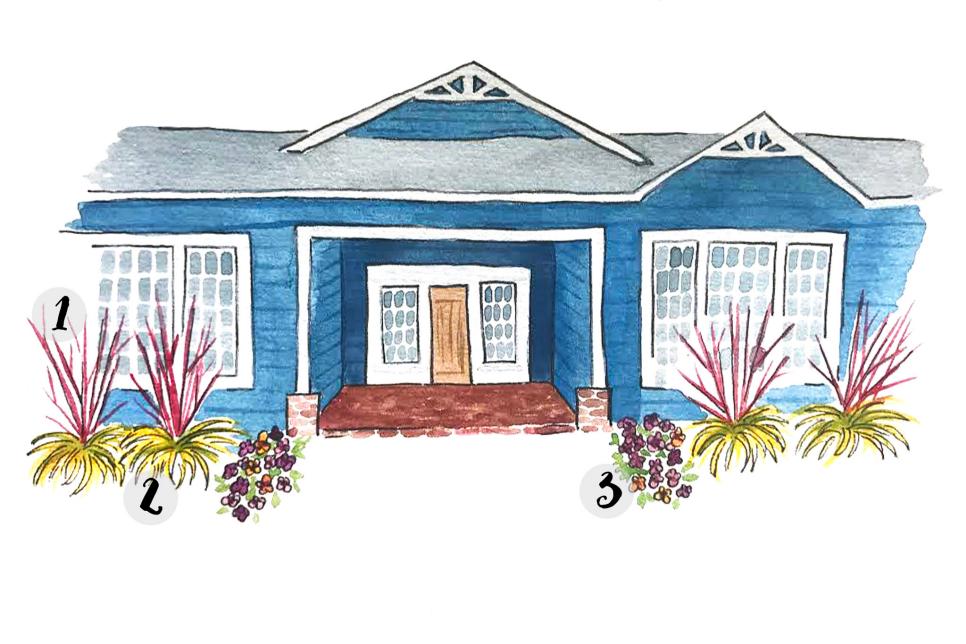
Brown Brick Exterior With Stone Plant No. 1: Dark green leaves are a great complement to a brown brick exterior. North Pole Arborvitae resists winter burn, which means leaves maintain a steady deep green no matter how bitter the cold. Plants have a smaller footprint, making them ideal for narrow backyard spaces or accent plants. Plant No. 2: Choose the tidy spruce, Papoose Sitka Colorado Blue Spruce, to get an entry garden or to provide an accent at a formal planting bed. The plant prefers acidic soil and does not tolerate heat. This slow-growing spruce only grows two inches annually, which makes it a great choice for containers. Plant No. 3: The heavy reddish blossoms of Promise Ice Angels Camellia contrast beautifully with brownish brick tones. For the best growth, maintain a 3-inch mulch layer to help keep roots cool. After flowering, employ an acid fertilizer. Prune in spring after all blossoms have faded.
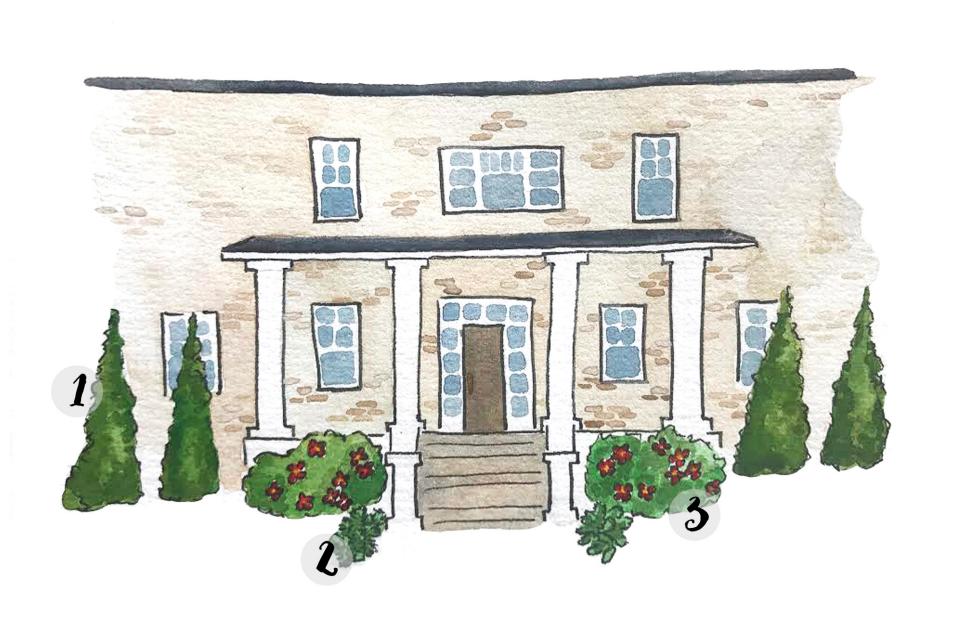
Tan With Dark Blue Trim Plant No. 1: Plant Sky Pointer or Sky Pencil Japanese holly to get a strong vertical accent in planting beds or containers. Pruning isn't required to keep the strong upright growth because it develops that way naturally. Japanese holly grows best in moist soil that drains well. Plant No. 2: Vibrant red berries of Redwing viburnum slip the landscape spotlight at early winter, lasting until birds flock to your yard to feast on the red fruits. Utilize viburnum as a natural hedgeplant and plant more than just one for best fruit set. Plant No. 3: Bold color is the gift that red decorative kale brings to some landscape or container planting. Leaves endure to late season frosts and early winter snows. Keep an eye out for caterpillars in mild winter regions. In cold winter areas, remember to water plants in containers when soil is not frozen.
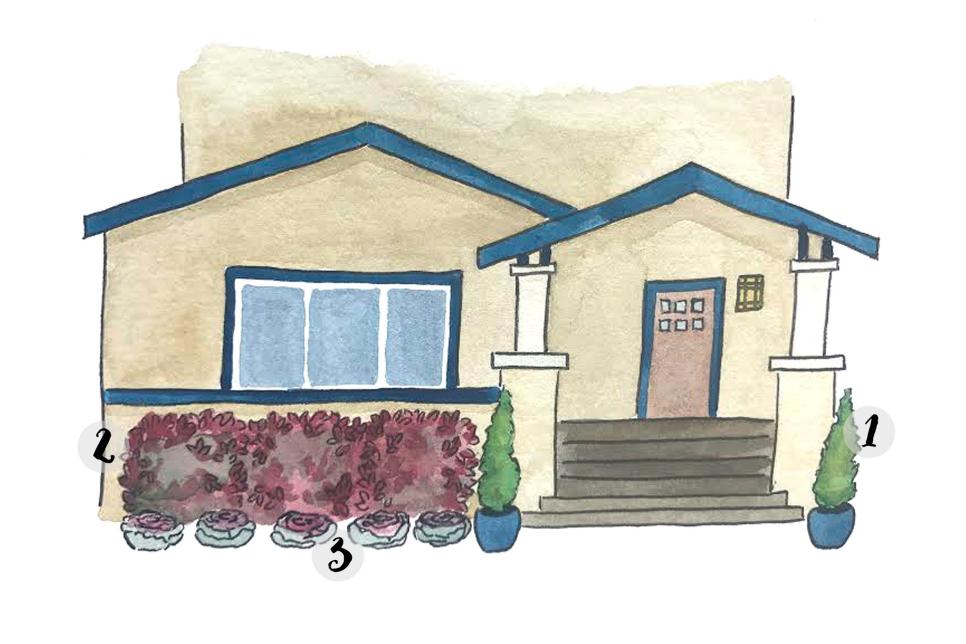
Gray Exterior Plant No. 1: Dress winter views with the purple berry-laden stems of 'Profusion' beautyberry. This native shrub displays its berries best against a solid backdrop. Prune in summer months if necessary, but it is not necessary. They look fantastic as a free-form shrub in full sun to part shade. Plant No. 2: Lighten a dark grey wall using the colorful leaves and berried branches of a variegated English holly. Cream-edged leaves glow in the depth of winter, and red berry accents look great. Plants need a male partner to make berries. Plant No. 3: Deep sangria blooms attract an artist's signature to planting beds or containers outside a grey thome. Matrix Sangria pansy stands up to any winter weather. Plant before intense cold arrives.

No comments:
Post a Comment